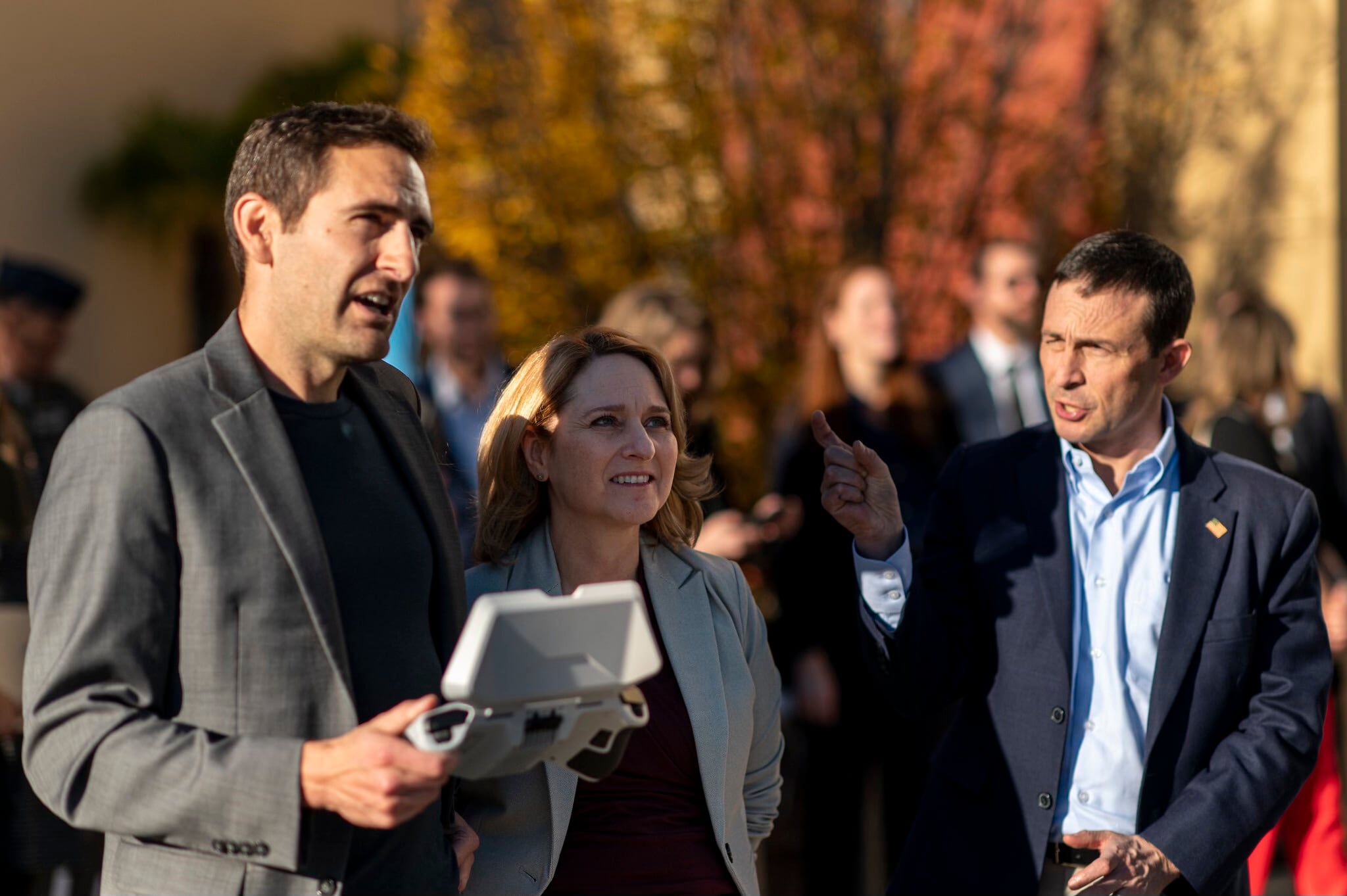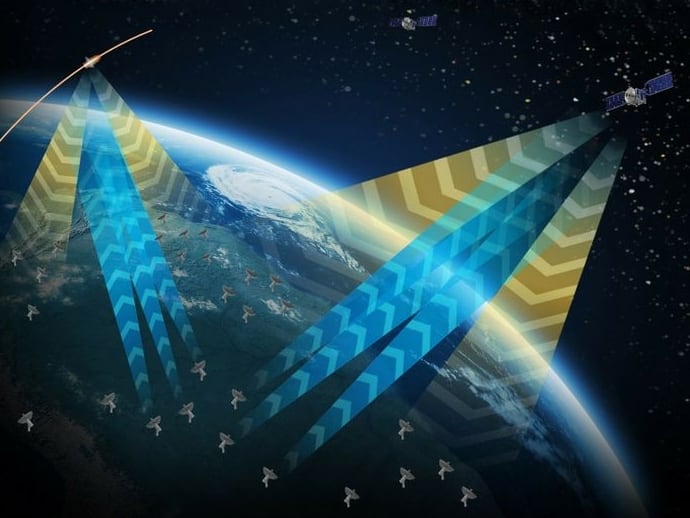Area denial environments will pose significant problems for future military planning and concepts. As such, the Air Force has put out a notice to industry for low-cost platforms and sensor suites.
"Future Air Force operating concepts require low cost systems and systems of systems to find, fix, track, and target critical mobile targets in Area-Denied (AD) airspaces where high valued aircraft would be at significant risk," the Air Force's notice, posted on the FedBizOpps website, stated.
The Air Force also said in the notice, which is merely testing the waters for potential industry capabilities and solutions, that low-cost mission payloads are a recognized need within the DoD intelligence, surveillance and reconnaissance (ISR) community with several entities working on approaches ranging from low-cost sensor research and development efforts to leveraging commercial- and government-off-the-shelf assets.
In terms of specific mission spaces these solutions should be applied to, the notice provides a list of three missions:
- Neutralizing mobile surface to air missiles and theater ballistic missiles that are ready to be launched.
- Hunting down mobile surface to air missiles and theater ballistic missiles in transit.
- Locating and neutralizing mobile surface to air and theater ballistic missiles that are in hiding.
These mission sets can be achieved through low-cost sensor suites mounted aboard attritable or expendable unmanned platforms in AD environments that could work autonomously in these regions and/or augment and extend the range of manned platforms. A comparable platform would be the Miniature Air Launched Decoy in the near term, though a more agile design is desired for the long term.
Solutions desired should be moderate to high technology readiness levels to improve cost, size, weight and power of current or next generation sensors. The Air Force also noted that it welcomes solutions on a wide range of technologies listing COTS/GOTS adaptations; open systems architecture; software defined modes; accelerated integration and test; modular, reconfigurable, scalable concepts; direct write; piecewise conformal phased array; additive manufacturing optics and structures; flexible hybrid electronics; integrated photonics; and multi-functional structures.
The notice also listed a variety of capabilities and technologies for the following sensor types.
For RF sensors these include but are not limited to:
- Operational frequency
- Instantaneous bandwidth
- Antenna performance (beam patterns, VSWR, etc.)
- RF Performance (power, efficiency, gain, noise figure, phase noise, phase stability, SNR, SFDR, TOI, IP3, etc)
For EO/IR sensors these include but are not limited to:
- Wavelength coverage
- Laser performance (power, stability)
- Imager/detector performance
The Air Force has learned a great deal about how to get the most from its ISR sensors over 15 years of war. These lessons are being applied to an ever-increasing COTS world where nearly every civilian has advanced sensors in the palms of their hands.
Crowdsourcing intelligence could be a useful method of gaining situational awareness in future environments in which civilians have access to incredibly capable technologies from GPS to jammers to radar.
Crowdsourcing intelligence can be done using commercial sensors such as iPhones on the ground. It’s "how we can get that collective intelligence, so to speak, from pretty simplistic inputs. Those simplistic inputs don’t require large pipes and the information can move very rapidly — it might even be coming from commercial sensors," Maj. Gen. Dwyer Dennis, program executive officer for C3I and Networks with the Air Force Life Cycle Management Center, saidreferring to the low bandwidth used by these devices as opposed to larger ISR video or signal feeds, which require large "pipes," or bandwidth. "If you can imagine a very simplistic sensor that might not even be [radio frequency], or radar, but it could be a sound sensor, or an infrared sensor, very, very simplistic data flows so it doesn’t need a large pipe but it can flow that and be an indicator where the force can then bring in a more high-resolution sensor that’s more tailored."
Dennis also discussed the necessity of getting every squeeze of ISR from all platforms. In an operational vignette, this could involve either fourth or fifth generation platforms performing its assigned mission, but on the way back it can collect and disseminate ISR data back.
"I think we’re being more deliberative as we start to discover how powerful that is. … Now as we start to think about future systems and we start thinking about 2030 and any kind of next gen, we need to be more deliberative about that," he said.
Mark Pomerleau is a reporter for C4ISRNET, covering information warfare and cyberspace.







